The Danger Of Split Trees
Trees are like ancient sentinels in nature; they watch the passing of time without saying a word. Nevertheless, split trees provide a concealed threat to their peaceful dignity. Internal pressures can cause trees to split catastrophically despite their seemingly indestructible trunks and verdant canopies. This blog delves into the silent danger split trees pose, the elements that make them so vulnerable, and the possible effects on ecosystems and human well-being. Understanding this keeps you conscious of your environment regarding dealing with split trees when you find one.
FACTORS CONTRIBUTING TO SPLIT TREES
Split trees are vulnerable because their danger comes from both inside and outside the tree. Decay, disease, or compromised structural integrity are all internal pressures that weaken the tree's core and increase the likelihood of it splitting. Extreme weather, rapid temperature swings, or physical harm are external stressors that might worsen these internal pressures. If we want to find and fix the problems with split trees, we need to know what causes them.
CONSEQUENCES FOR THE ENVIRONMENT
Beyond their immediate environment, split trees have far-reaching consequences. A tree's aesthetic appeal and ecological stability are diminished when it splits. Soil erosion, disturbance of ecological balance, and effects on nearby wildlife habitats might result from the abrupt cutting down of a large tree. Taking preventative actions to avoid tree splits is crucial because of the environmental impacts.
RISKS TO HUMAN SAFETY
Split trees risk human safety, which is perhaps the most pressing concern. Serious harm or property damage can result from the unexpected fall of big limbs or the tree's total collapse caused by a split. People can help keep parks, cities, and neighborhoods safe by learning to recognize the warning signs of tree splits, such as apparent cracks, unusual leaning, or deterioration, and then taking preventative measures.
STRATEGIES TO MITIGATE THE DANGER
Preventative actions are necessary to deal with the threat of split trees. The best way to spot hazards and act quickly is to have certified arborists check trees regularly. Additional support can be provided by pruning, cabling, or bracing weakened trees, minimizing the chance of splits. To further reduce the likelihood of splits, well-planned tree planting and ongoing maintenance boost the population's general health and resilience.
CONTACT ELLIOTT TREE FOR REMOVAL OF SPLIT TREES ON THE SOUTH SHORE, MA
When trees fall, they reveal a hidden threat that endangers people and the ecosystem. Understanding the complex interplay of internal and external factors is vital to resolving splits. Realizing the effects on ecosystems and the risks to human health, you must act as environmental stewards. You can successfully traverse this threat by utilizing proactive mitigation techniques and the expertise of arborists. To ensure a safer and more sustainable cohabitation with the magnificent trees that adorn our landscapes, Elliott Tree is prepared to provide professional arborist services, thanks to their dedication to tree health and safety. Contact us by filling out our contact form or calling us at (781) 447-0045.

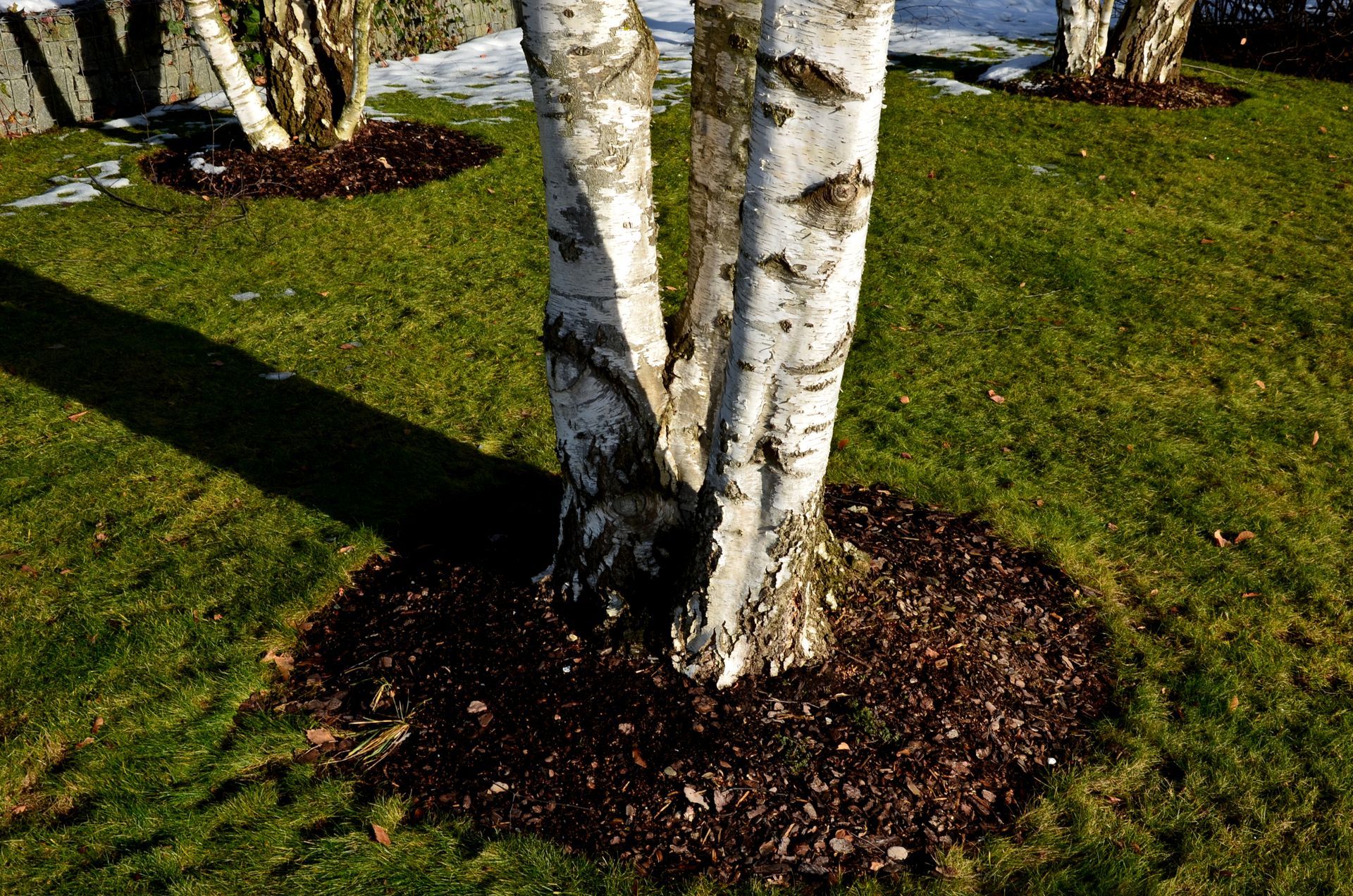
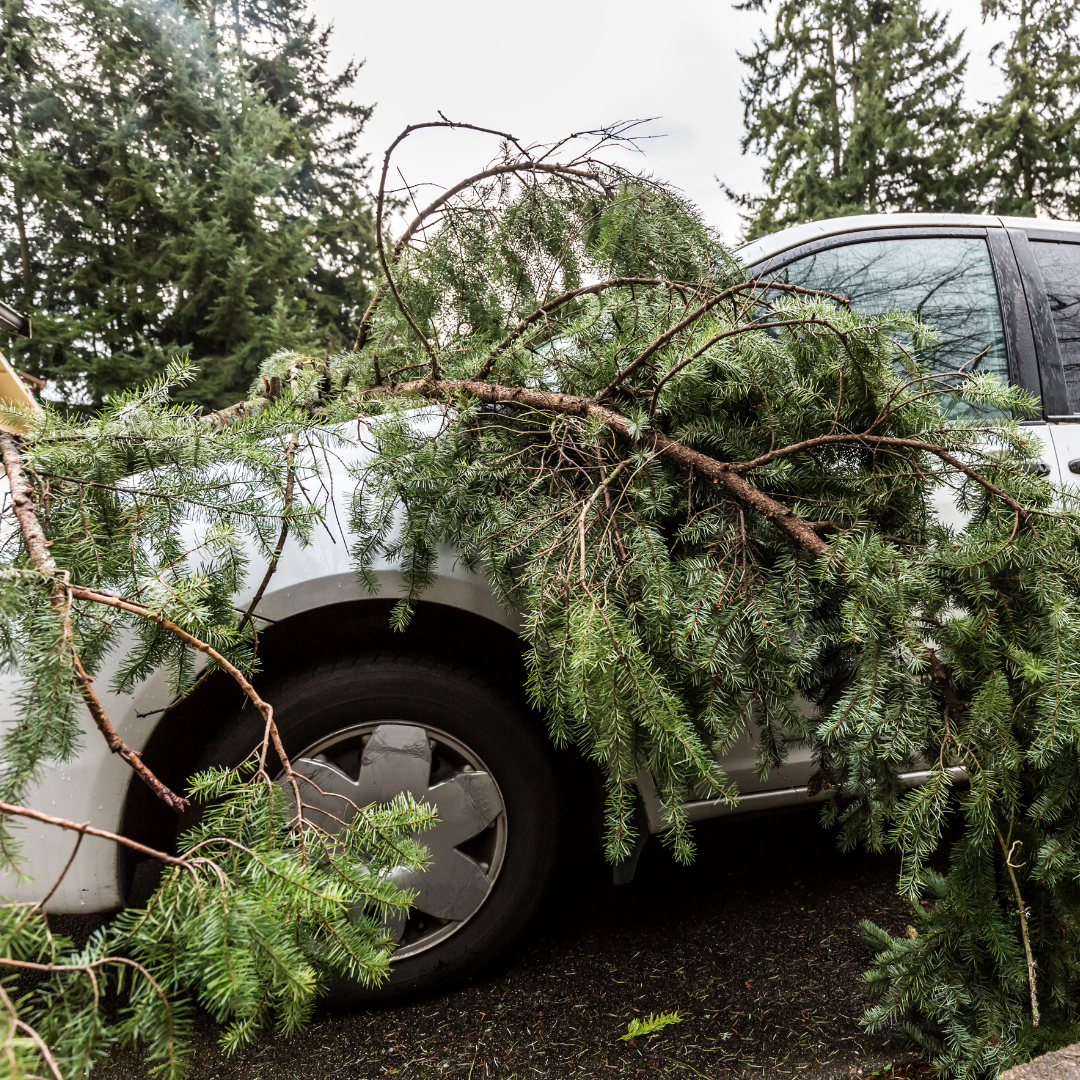
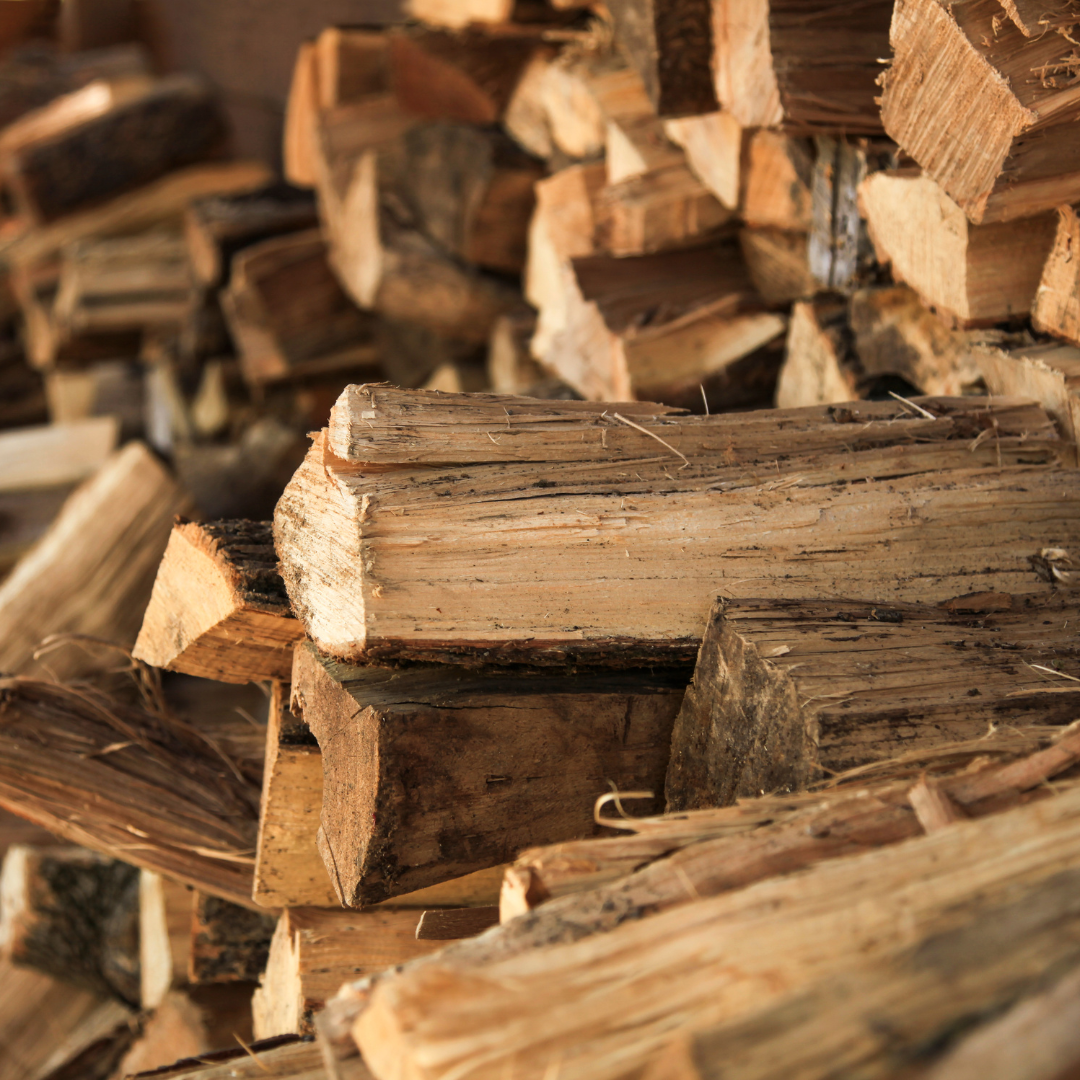
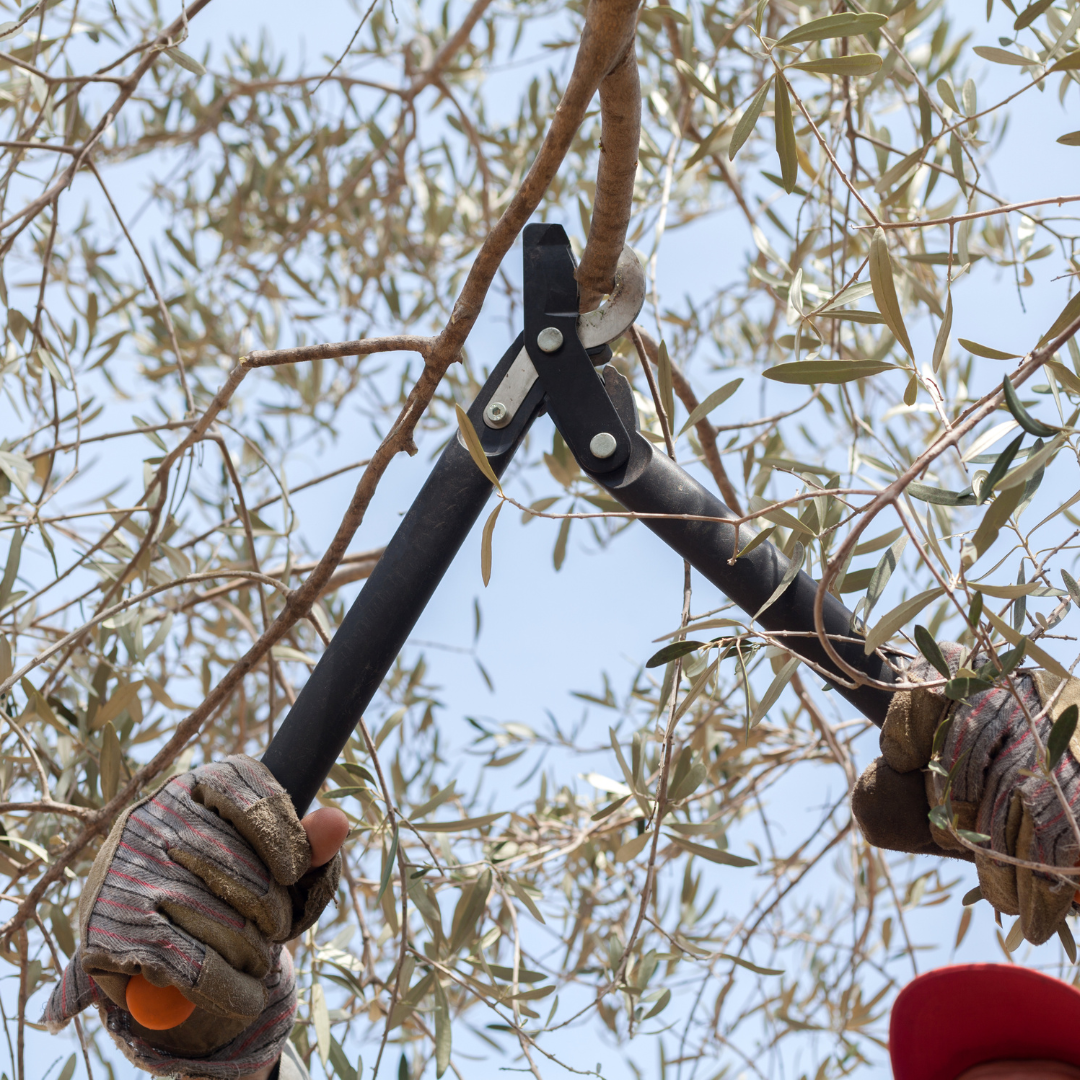
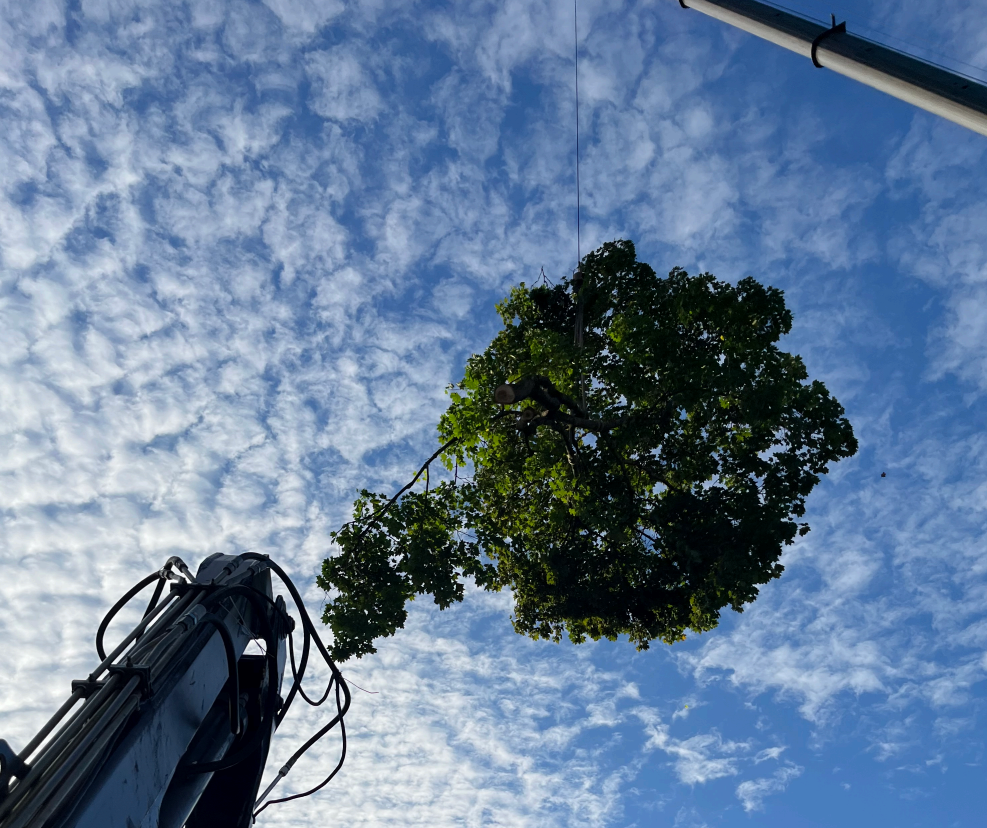
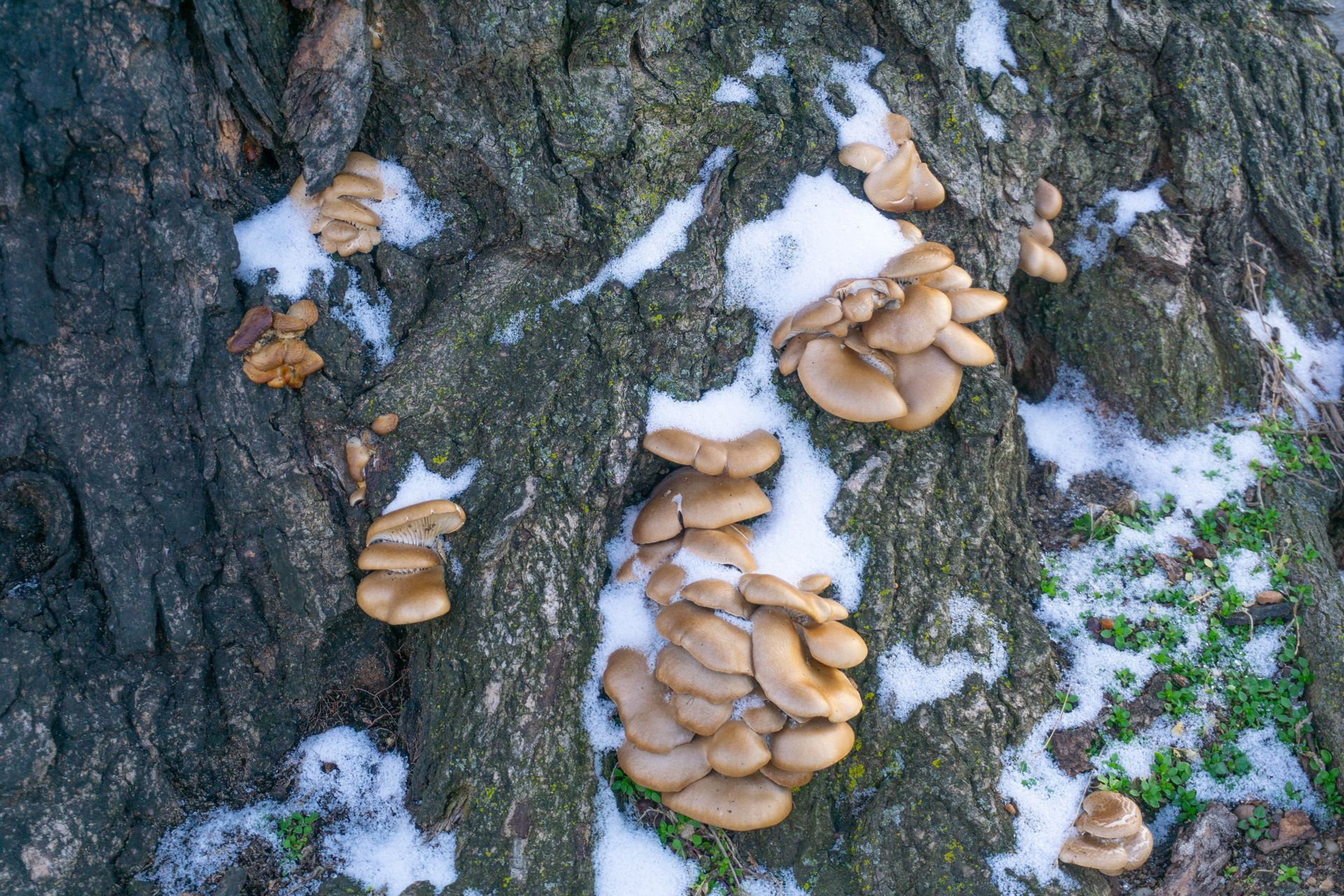
Contact Us
Main Phone: (781) 447-0045
Fax: (781) 447-0098
Emergency Number: (781) 831-1128
(Emergency Only)
Business Hours
- Mon - Fri
- -
- Sat - Sun
- Closed
Emergency Service Available 24/7

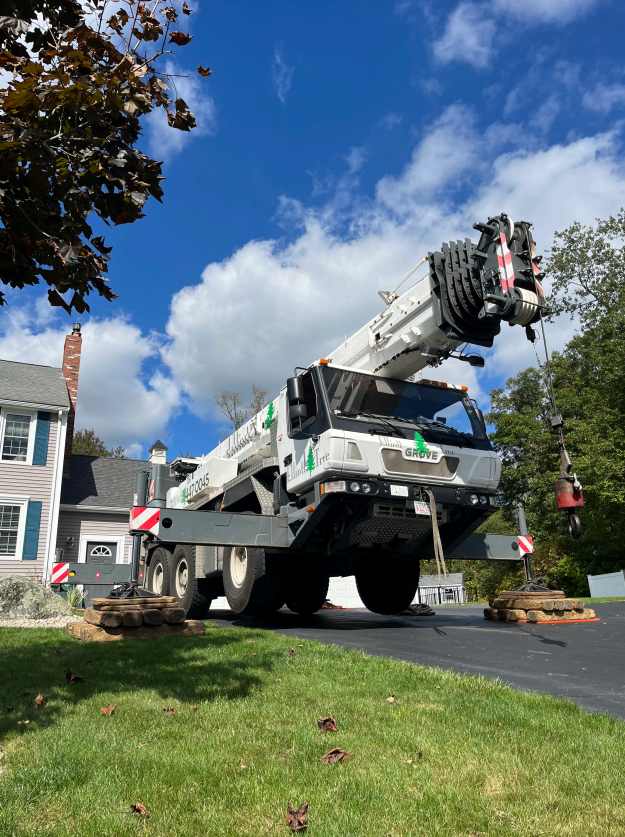
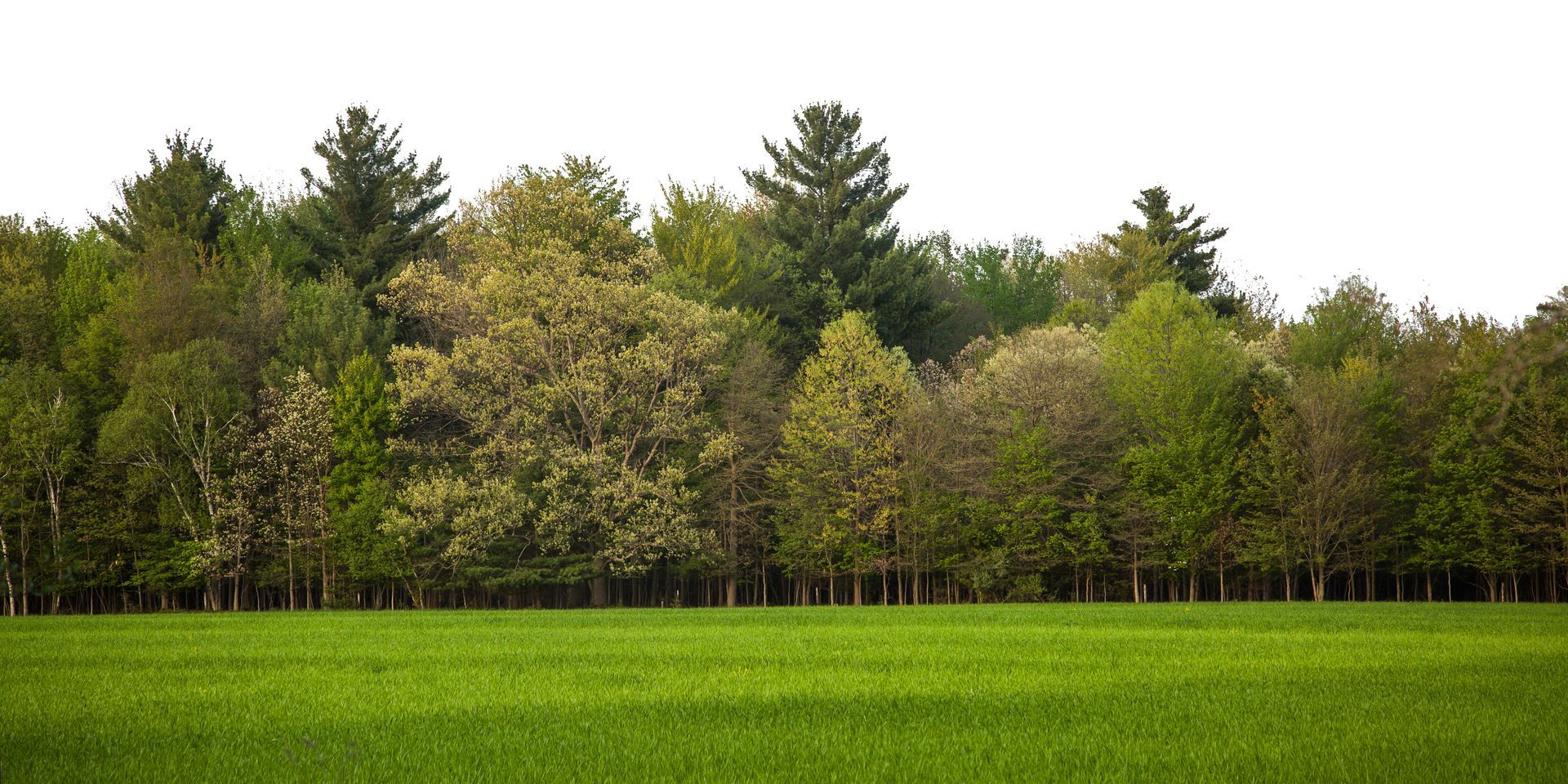
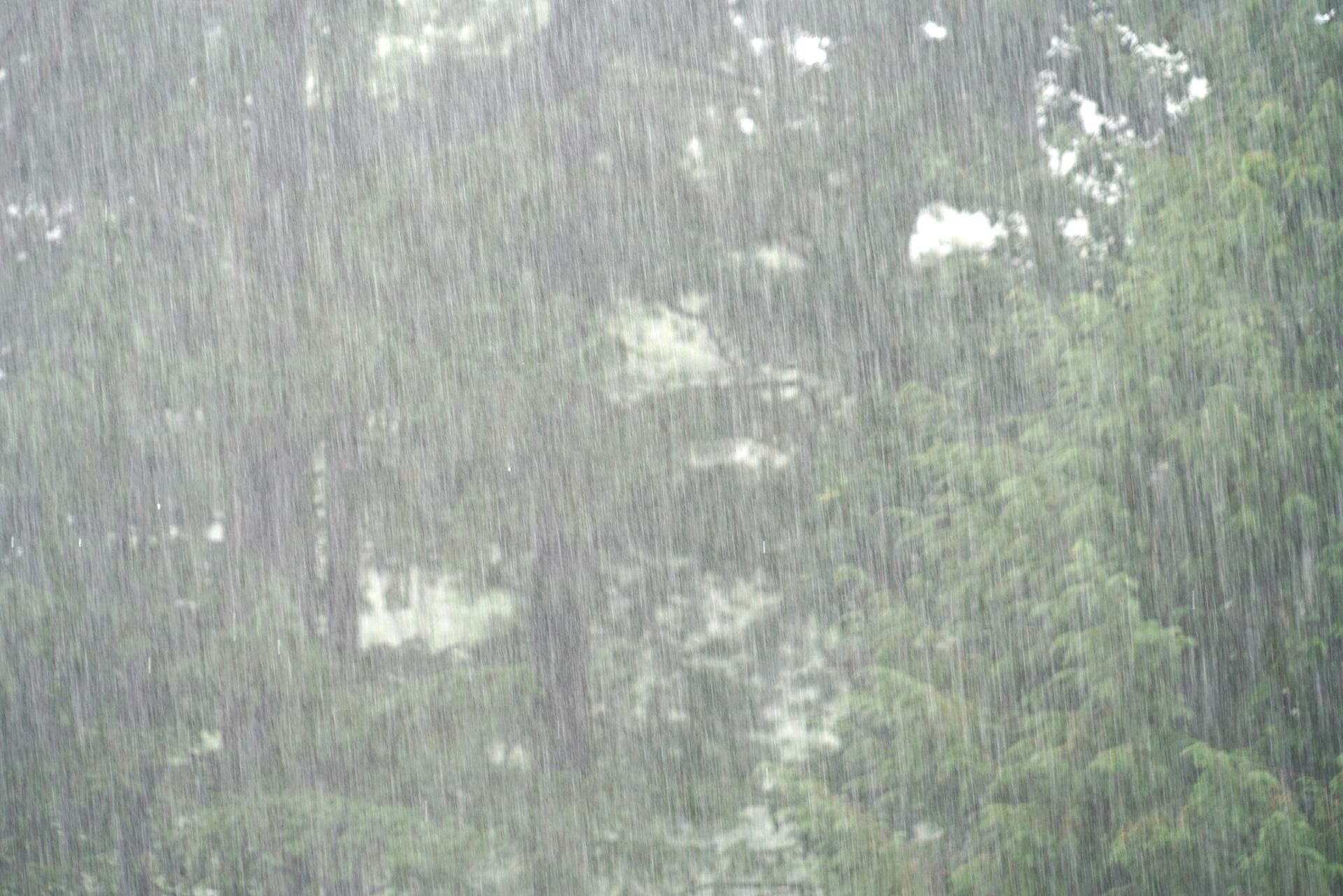
Share On: